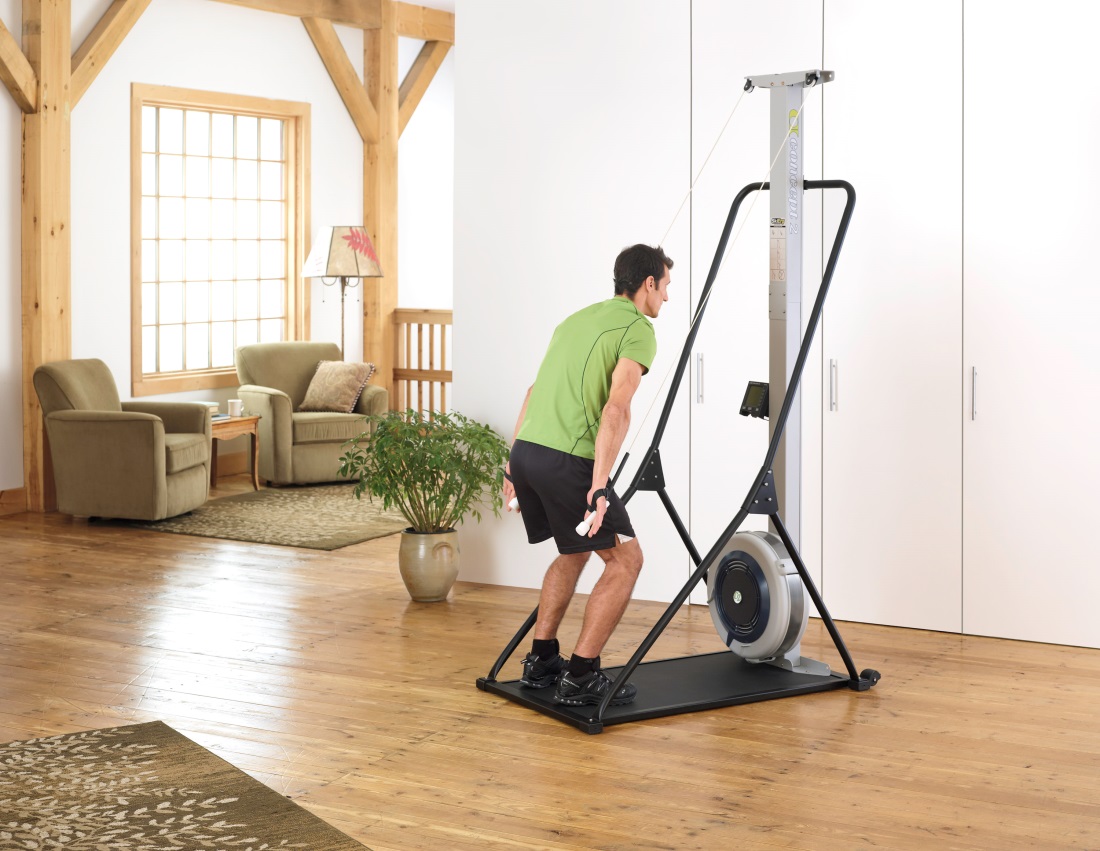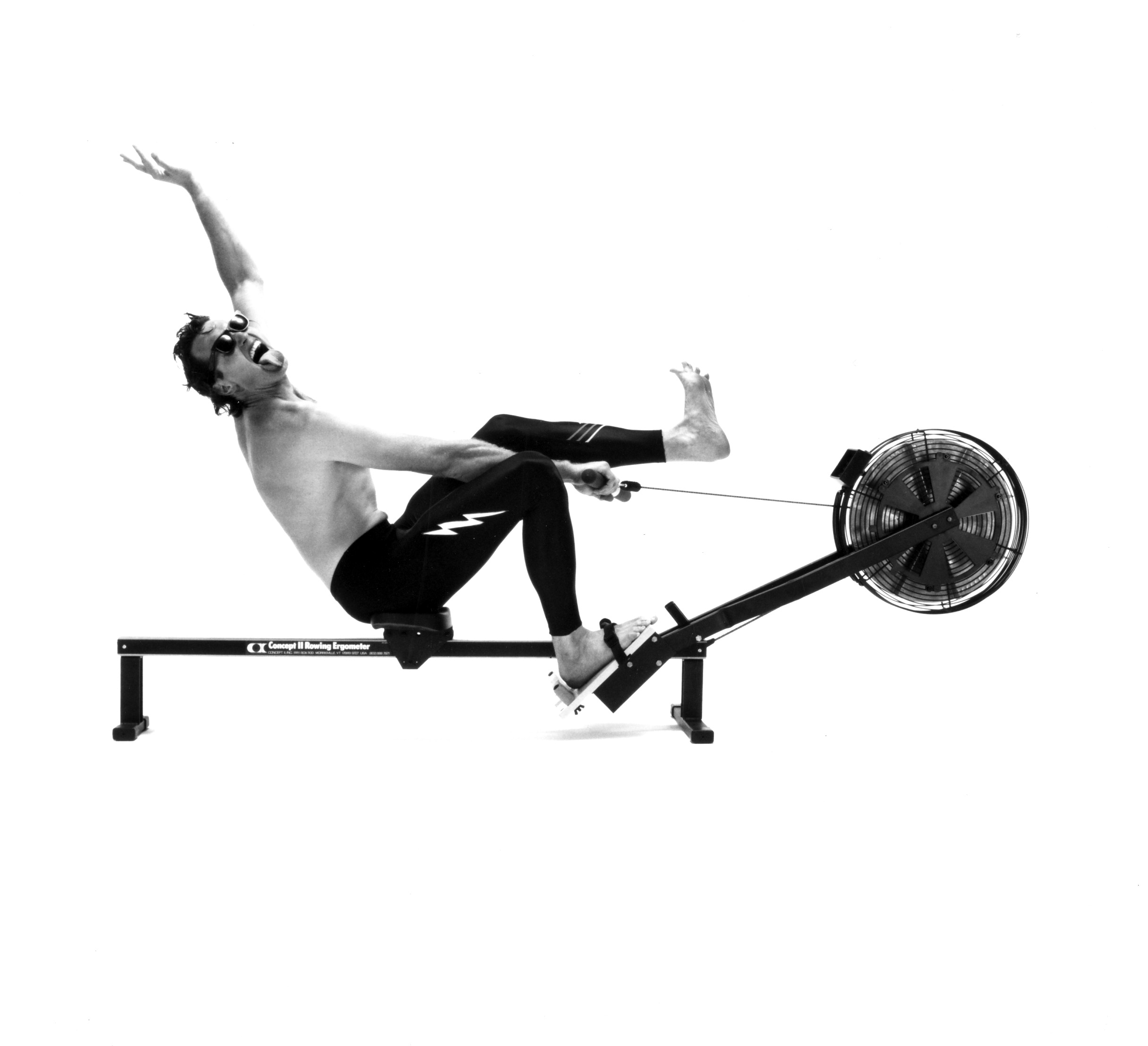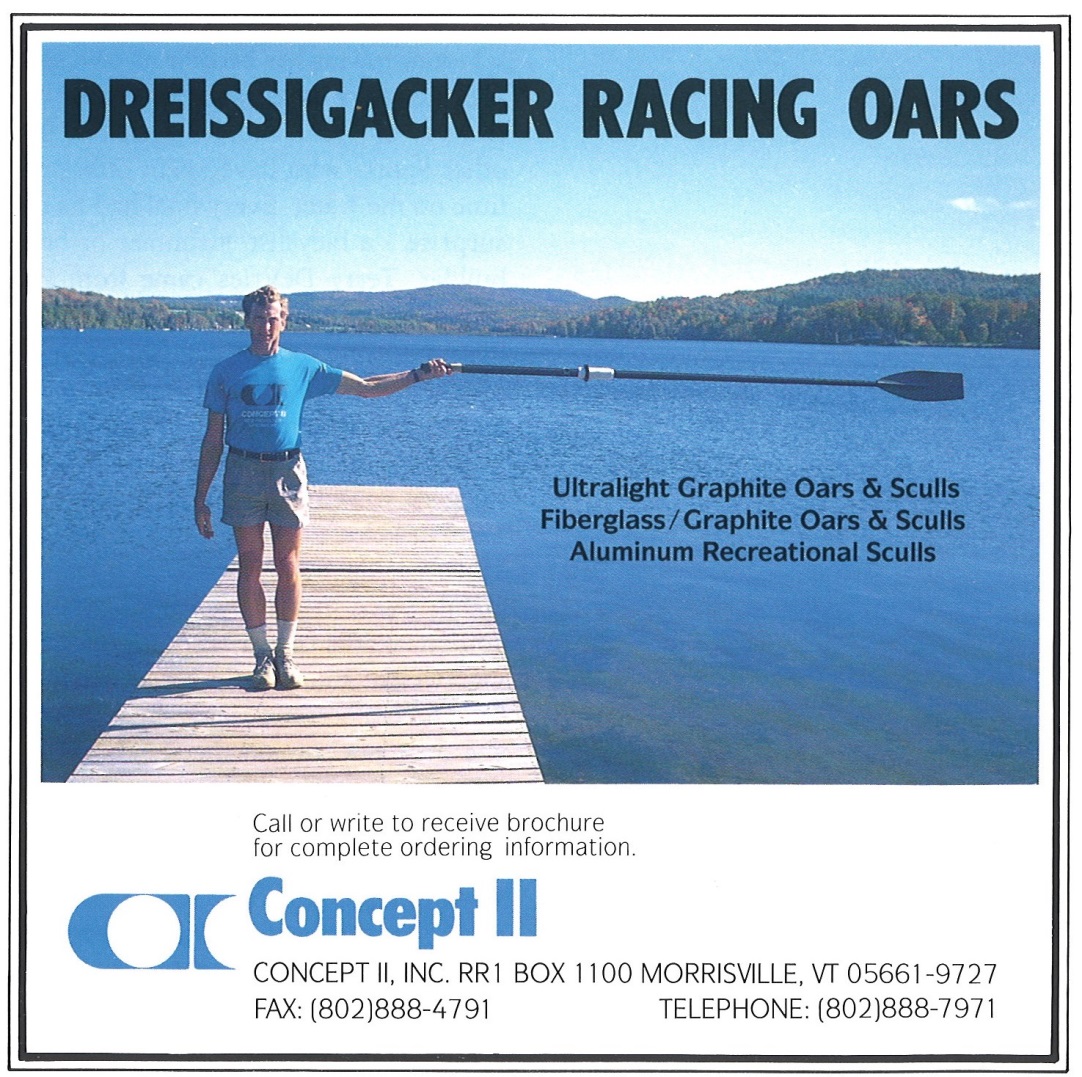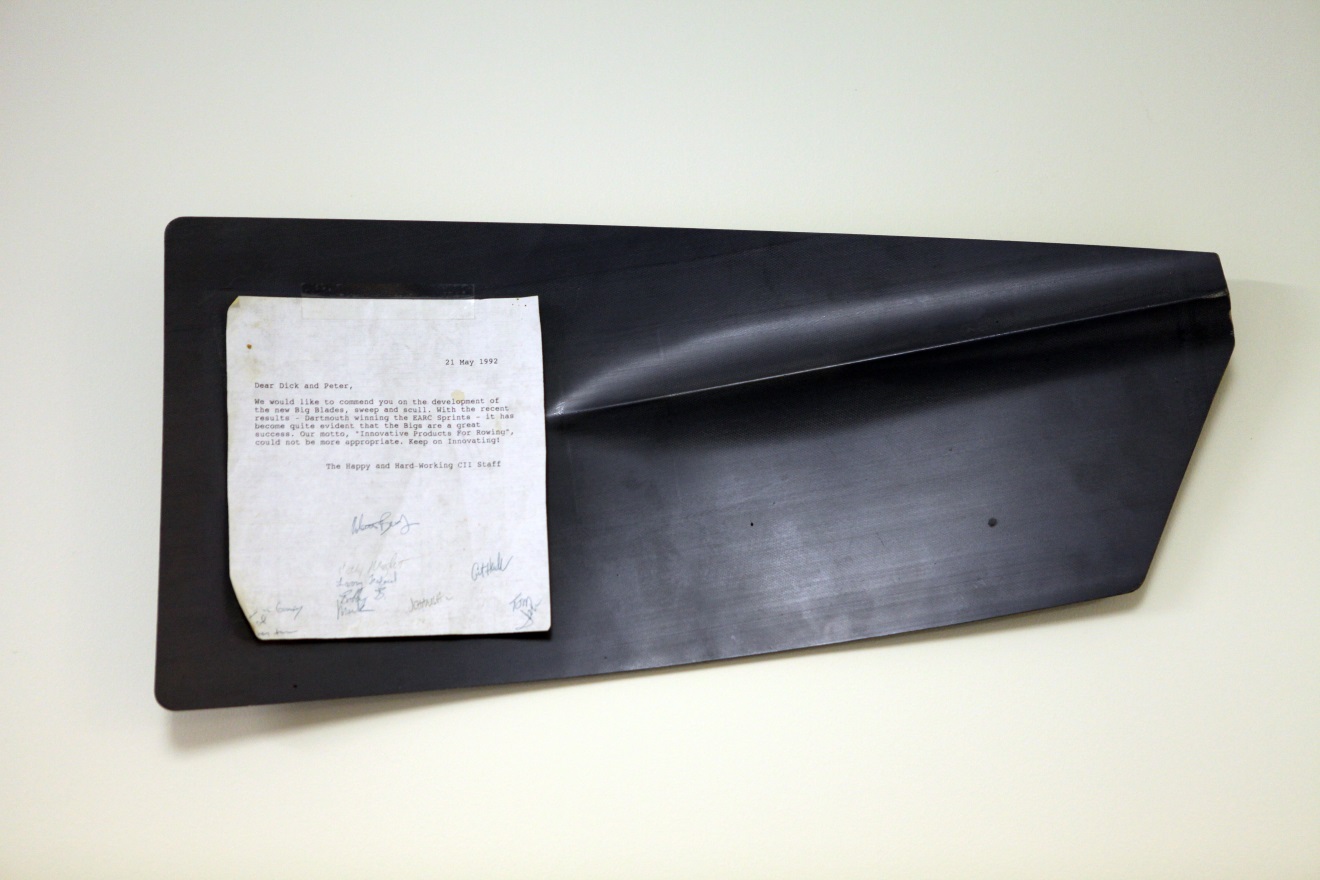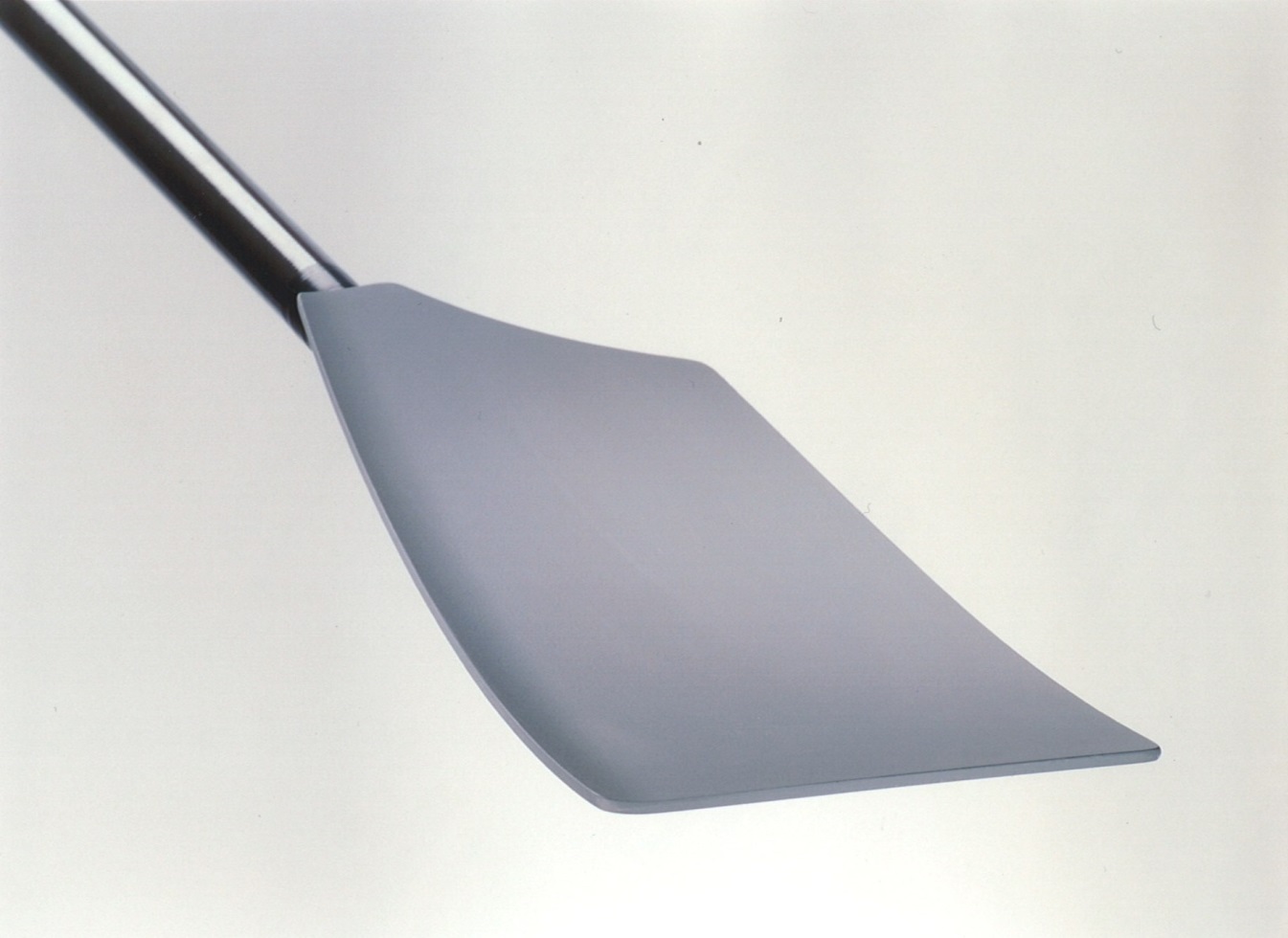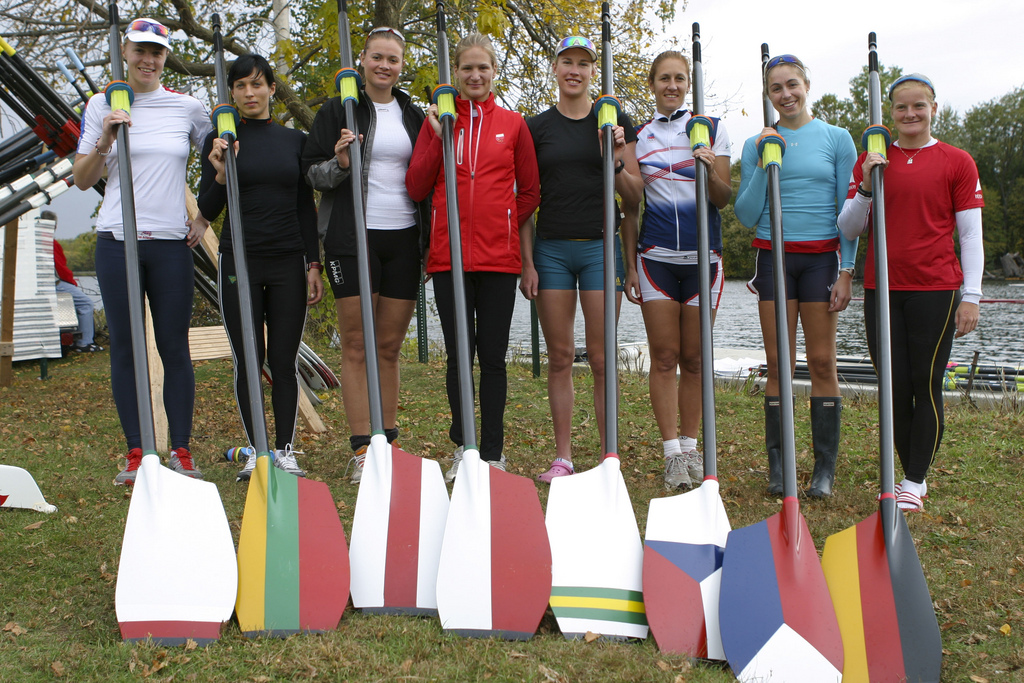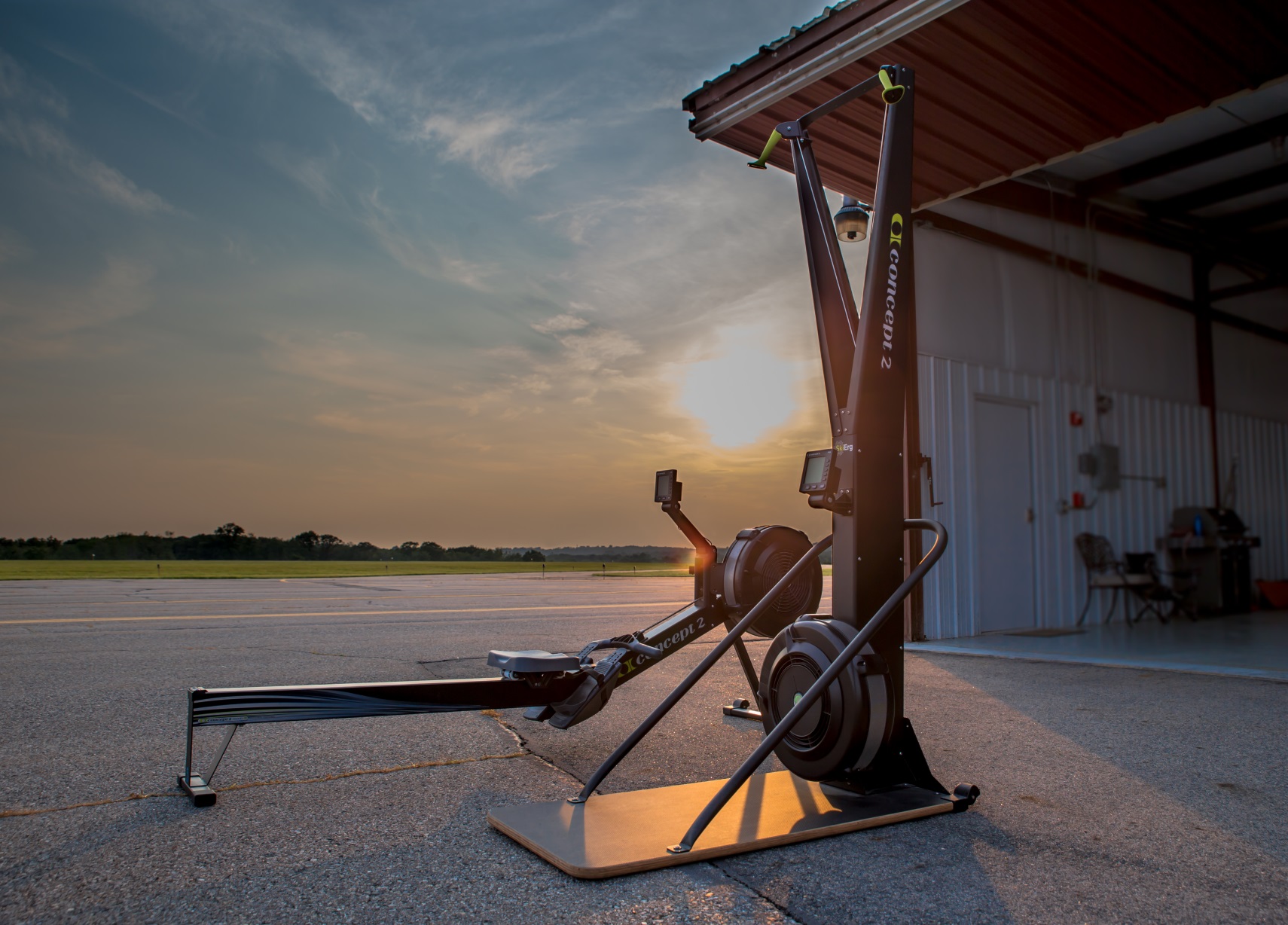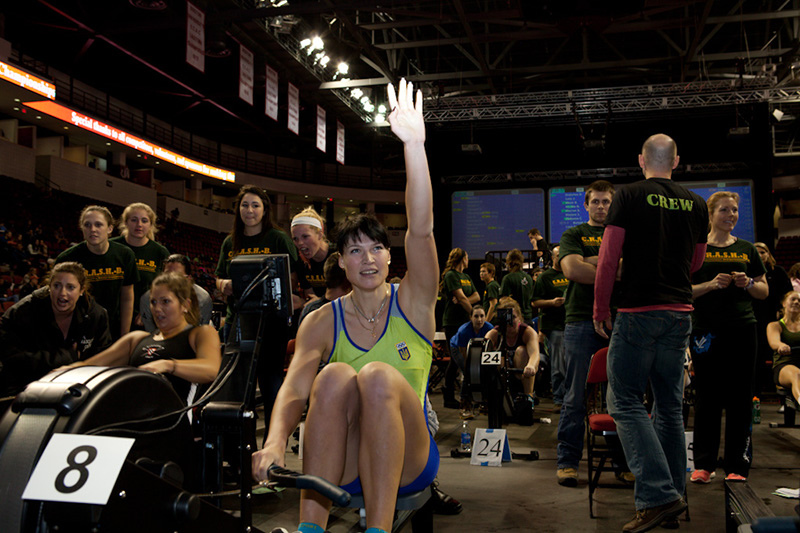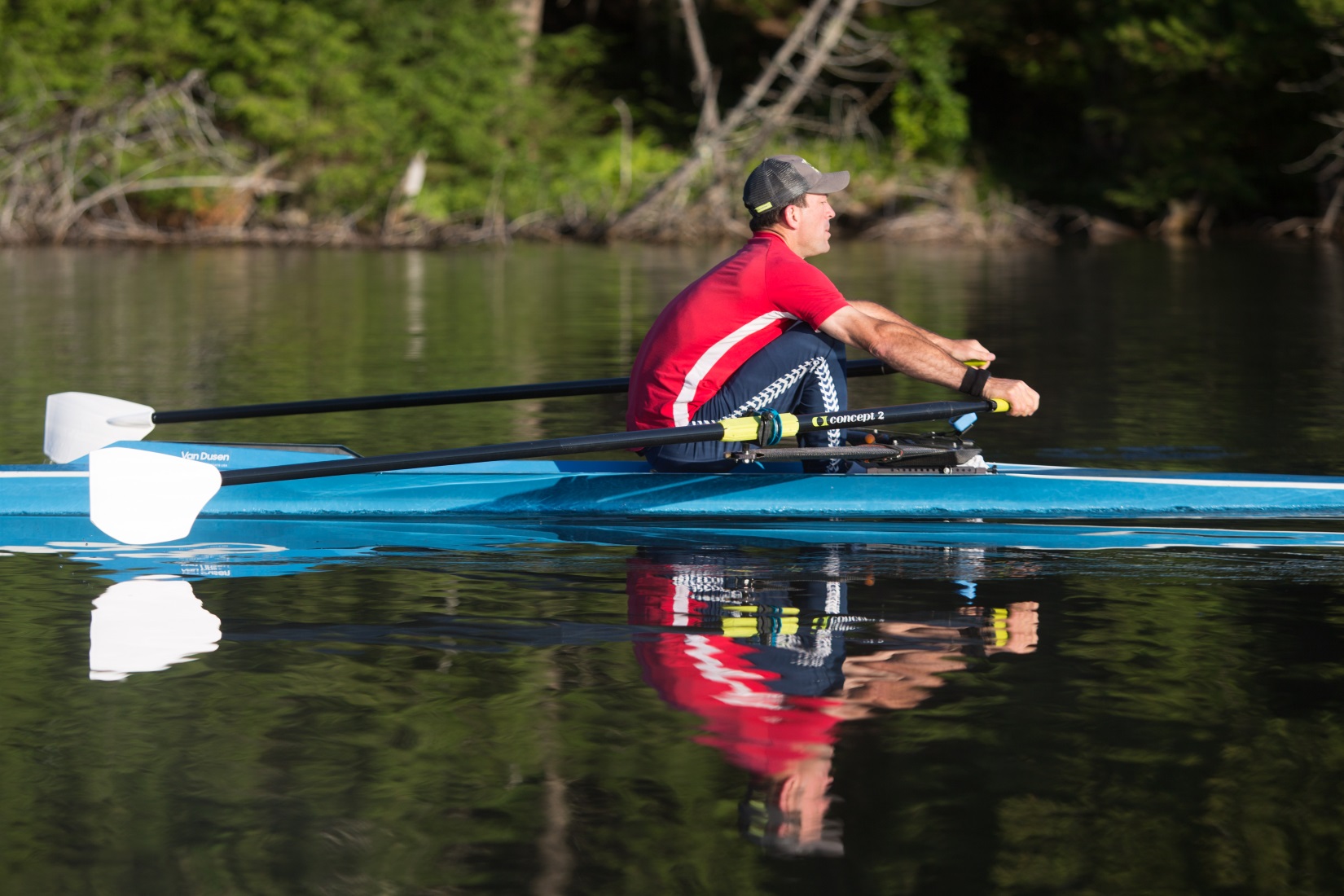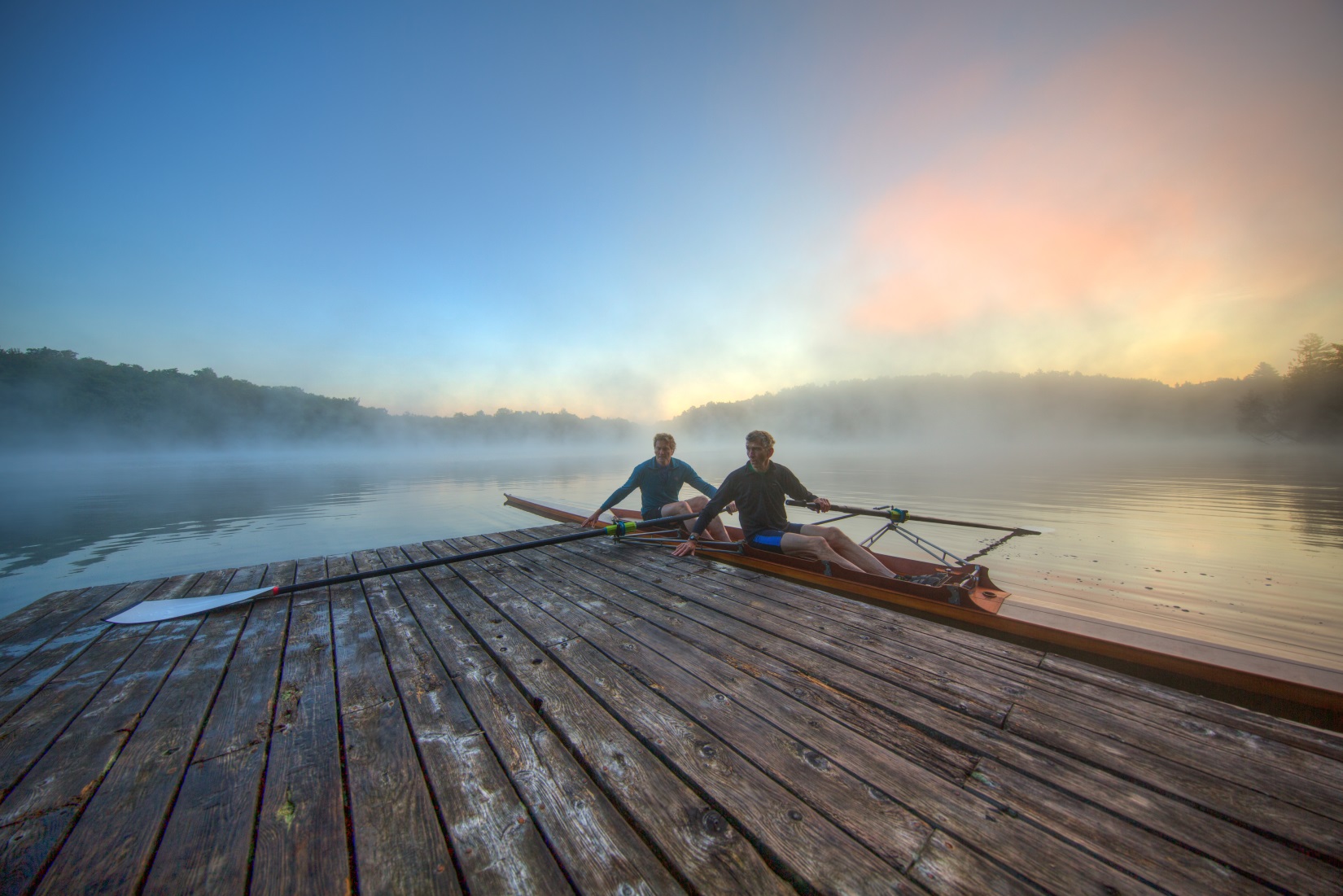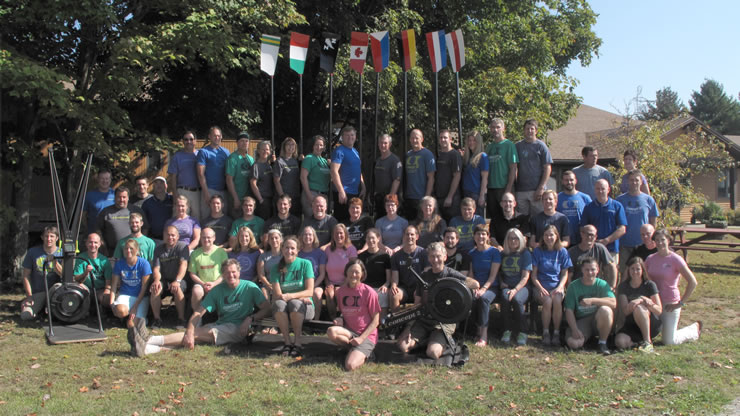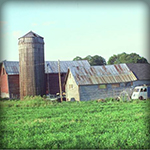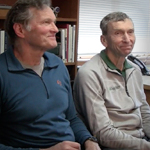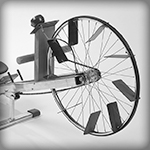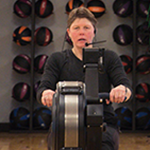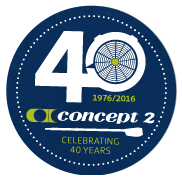
A Letter from the Founders

When we moved into the old farm in Morrisville, Vermont on November 6, 1976, we could not have anticipated where we would end up today. We were just a couple of rower-engineers with an idea of how we might build a better oar. Today, we’re amazed at how Concept2 has grown—serving rowers and others around the world, while also becoming part of the fabric of our local community.
We obviously couldn’t have done this without you, our customers. Thank you for your interest, your ideas, your suggestions, and your enthusiasm for our products. We love hearing about how rowing has helped you get healthier, or lose weight, or re-connect with your parents or your kids, or get into college—or make the Olympic team.
As we look to the future, we remain committed to the design and production of high-quality innovative products, supported by our top-notch Concept2 Team.
Thank you for being part of our first forty years.
Regards,

Dick Dreissigacker

Peter Dreissigacker








